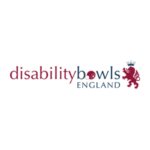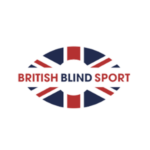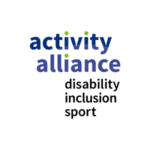However, as an invisible disability, it so often goes unnoticed, making it easier for those living with hearing loss to be ignored or forgotten.
- 1 in 6 of the UK adult population is affected by hearing loss.
- 8 million of these are aged 60 and over.
- 6.7 million could benefit from hearing aids but only about 2 million people use them.
- About 900,000 people are severely or profoundly deaf.
- About 12,000 people in the UK use cochlear implants.
- Many people with hearing loss also have tinnitus which affects 1 in 10 adults. They may also have balance difficulties.
Link for more information: www.hearinglink.org/your-hearing/about-hearing/facts-about-deafness-hearing-loss/

There are no rights and wrongs about the words used to describe a person’s hearing loss. However, generally accepted definitions are as follows:
Deafened – people who were born with hearing and have lost most or all of their hearing later in life.
Hard of hearing – people who have lost some but not all hearing.
deaf (lower case ‘d’) – people who have hearing loss; they may be born deaf or become deaf. They mix well in the hearing world and may communicate orally and may also be users of sign language.
Deaf (upper case ‘D’) refers to people who are members of the Deaf community and who communicate almost exclusively with sign language.
Hearing impaired – anyone with any level of hearing loss.
Acquired hearing loss – people who were born with hearing but have lost some or all of their hearing.
Congenital hearing loss – born with hearing loss which may become progressively worse.

Have you ever wanted to learn a new language? Sign language is a great option to consider! Not only is it a beautiful and expressive way to communicate, but it’s also a vital tool for many people who are deaf or hard of hearing. Did you know that there are over 300 different sign languages used around the world? From American Sign Language (ASL) to British Sign Language (BSL), each sign language has its own unique grammar, vocabulary, and cultural context. By learning sign language, we can promote inclusivity and accessibility for all.























